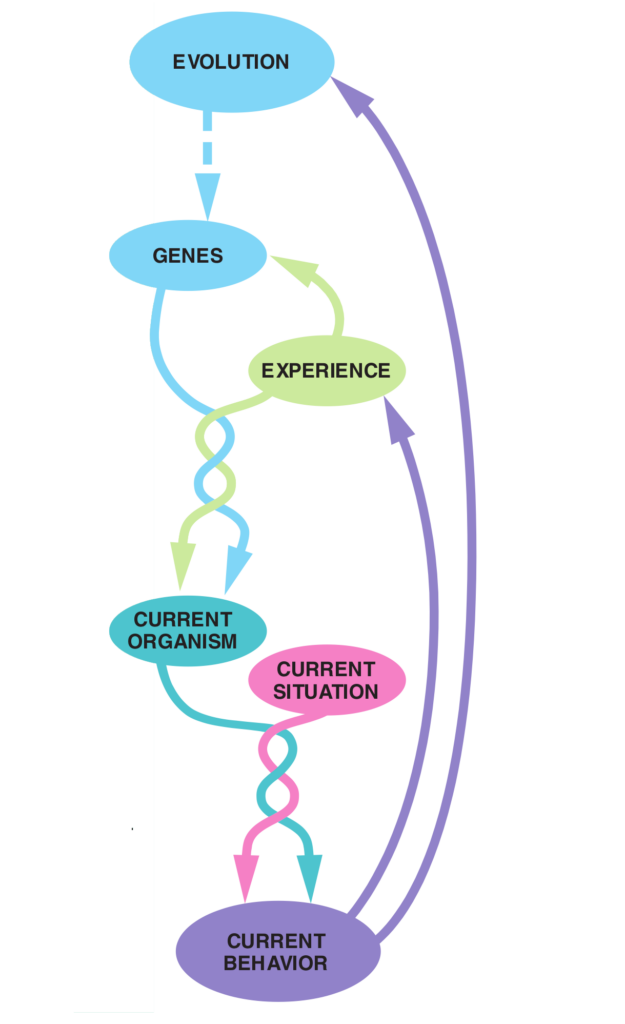History of domestication in the Netherlands
The historical domestication in the Netherlands encompasses various aspects, including agriculture, animal husbandry, and the development of urban settlements. Here are some key facts about historical domestication in the Netherlands:
- Agriculture: The Netherlands has a long history of agricultural practices, with evidence of farming dating back to the Neolithic period around 4,000 BCE. Early farmers cultivated crops such as wheat, barley, and flax, and they reared domesticated animals such as cattle, pigs, and sheep.
- Drainage and Land Reclamation: One of the remarkable achievements in Dutch domestication history is the extensive drainage and land reclamation projects. Over the centuries, the Dutch constructed an elaborate system of canals, dikes, and windmills to reclaim land from marshes, lakes, and the sea. This allowed them to expand their agricultural lands and create polders, which are low-lying tracts of land enclosed by dikes.
- Animal Husbandry: Livestock rearing has been an integral part of Dutch agriculture. Cattle have played a significant role, particularly dairy cattle. The Netherlands is known for its high-quality dairy products and has a strong dairy industry. Breeds such as the Holstein-Friesian, Dutch Belted, and Groningen Whiteheaded have been developed through selective breeding for desirable traits.
- Horticulture and Floriculture: The Dutch have a rich tradition in horticulture and floriculture. They have been pioneers in the cultivation of flowers and plants, and the Netherlands is renowned for its flower industry. The cultivation of tulips, in particular, has become synonymous with Dutch culture, although the famous “Tulip Mania” period in the 17th century was more of a speculative bubble than a purely domestication-related phenomenon.
- Urban Development and Water Management: The Netherlands has a long history of urban development, with cities such as Amsterdam, Rotterdam, and Utrecht having roots that date back centuries. The Dutch have also been experts in water management, building canals and utilizing innovative engineering techniques to control water levels and prevent flooding.
- Windmills: Windmills have been an iconic feature of the Dutch landscape for centuries. Originally used for milling grain, pumping water, and other industrial purposes, windmills played a crucial role in the domestication of the Dutch landscape. They were instrumental in draining land, grinding crops, and sawing wood.
- Tulip Trade: While not directly related to domestication, the Dutch historical association with tulips is worth mentioning. In the 17th century, the Netherlands experienced a speculative frenzy known as “Tulip Mania.” Tulips were highly sought after, and their bulbs reached exorbitant prices before the market collapsed. This period had a significant impact on the Dutch economy and cultural history.
These are just a few facts about historical domestication in the Netherlands. The Dutch have a rich agricultural and engineering heritage, and their innovative approaches to land use and water management have had a lasting impact on the country’s development.
